Hydraulics hy·drau·lics [ hh drólliks ]
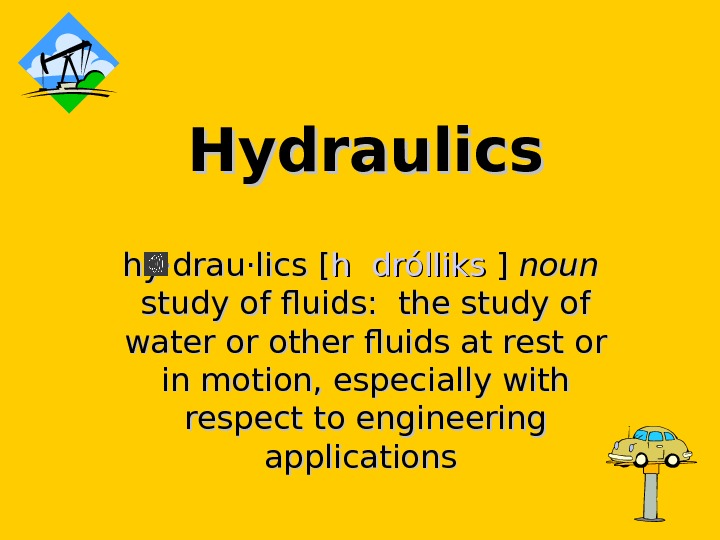
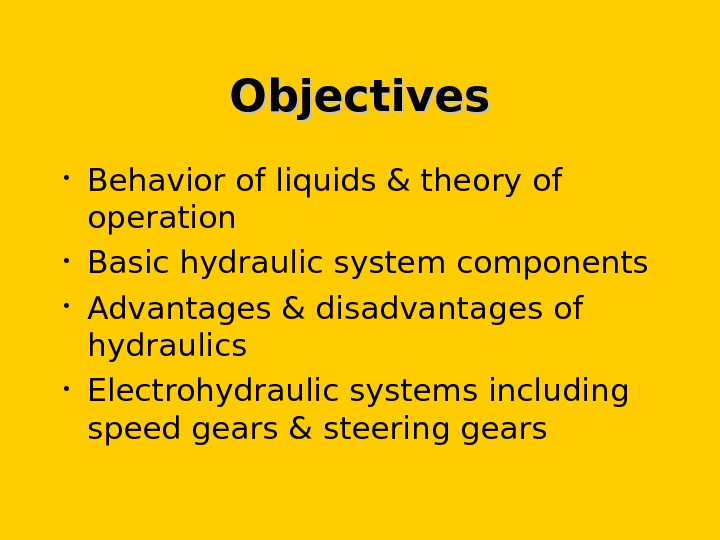
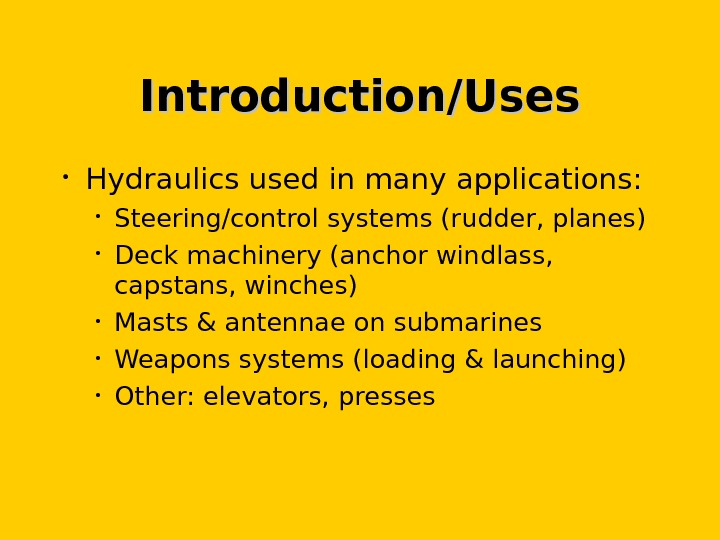
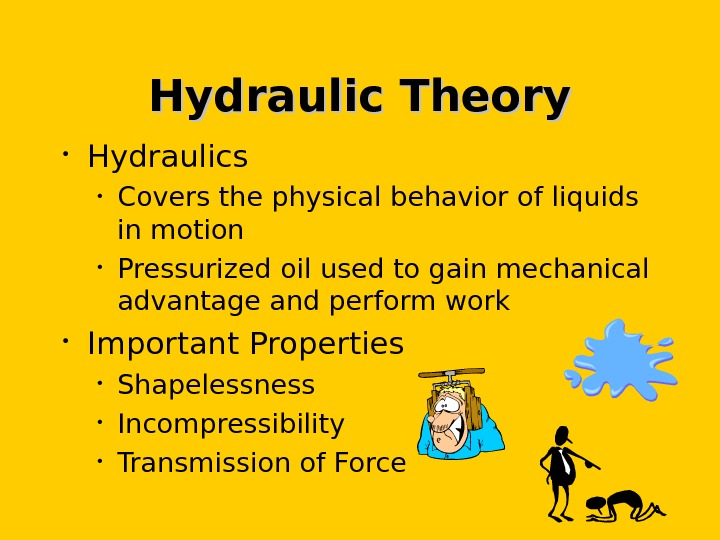

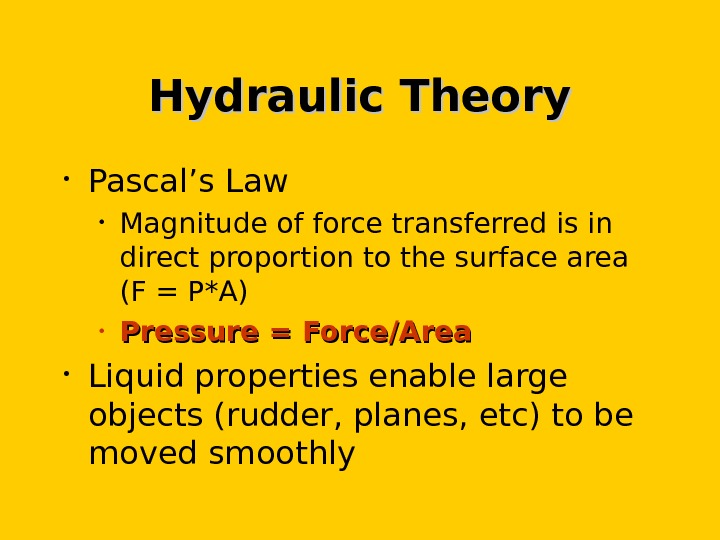
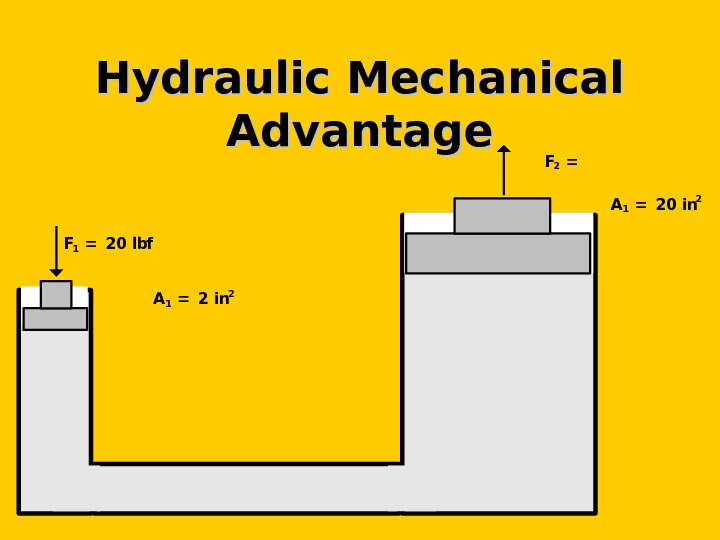
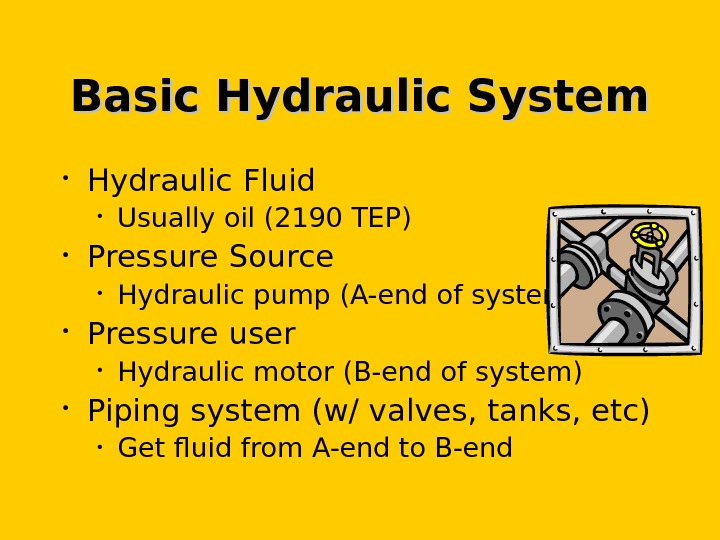
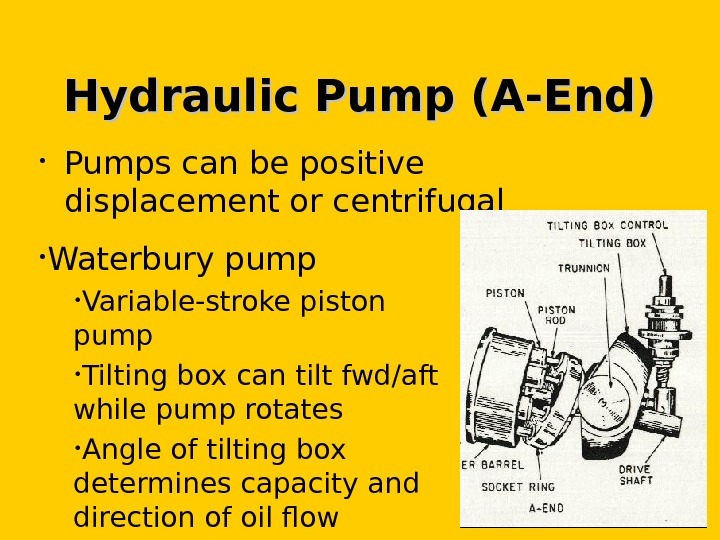
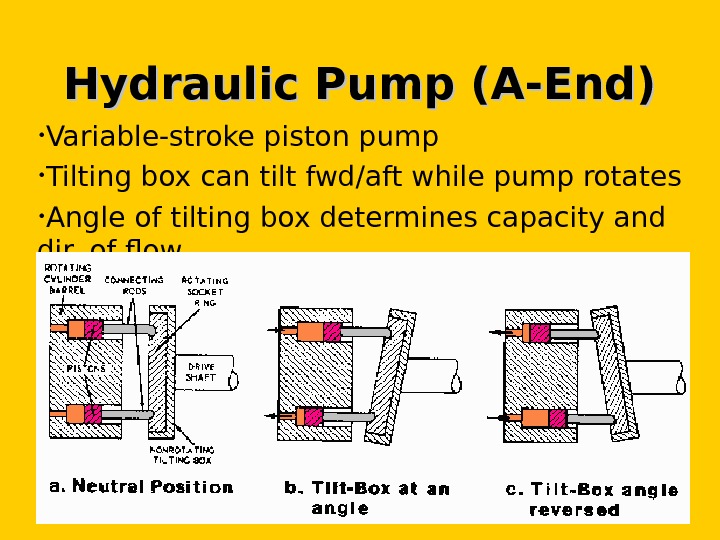
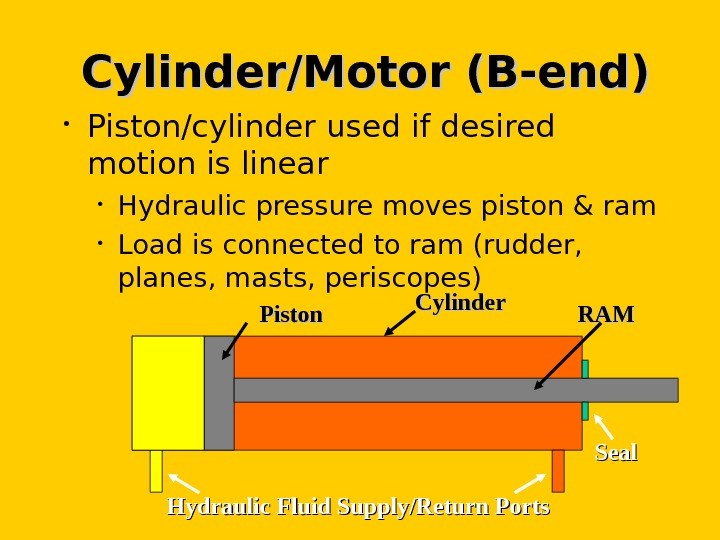

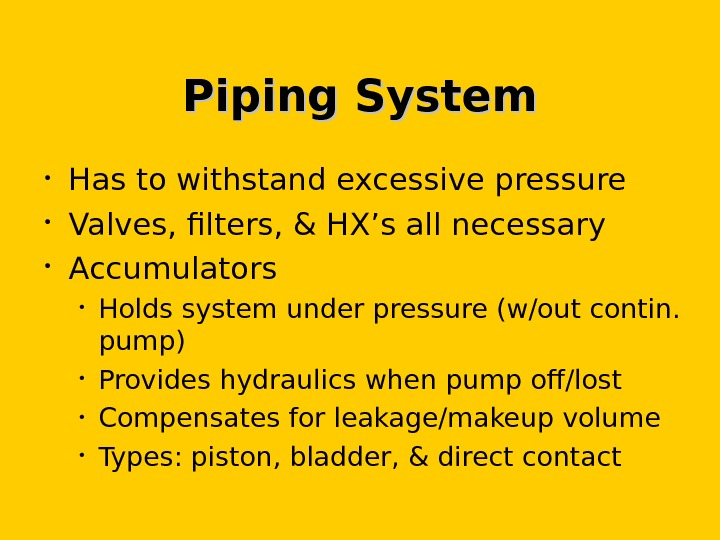
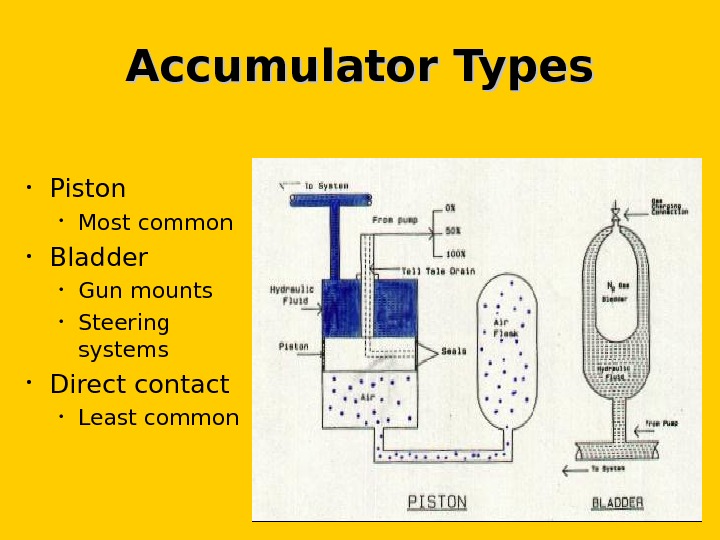
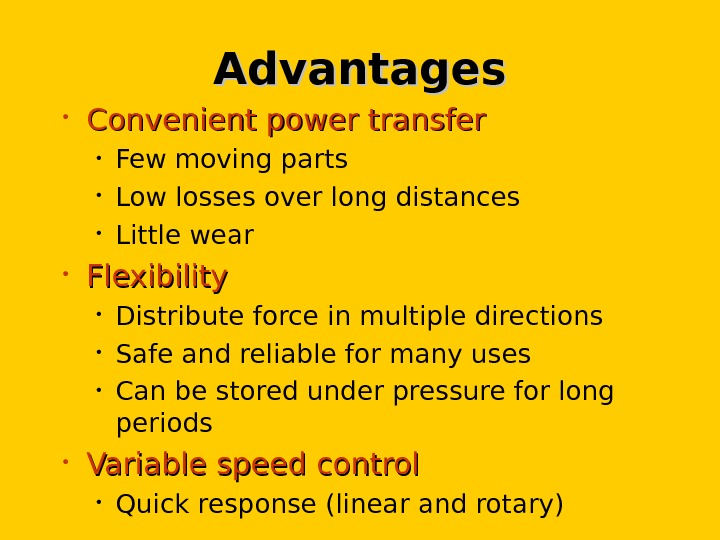
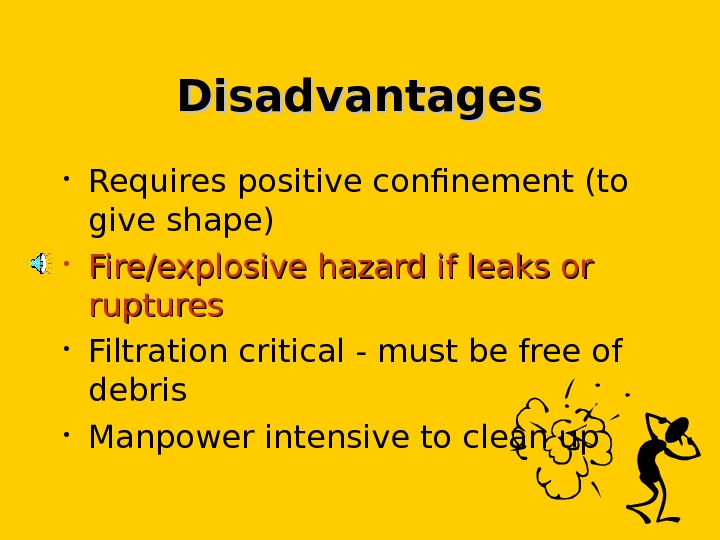
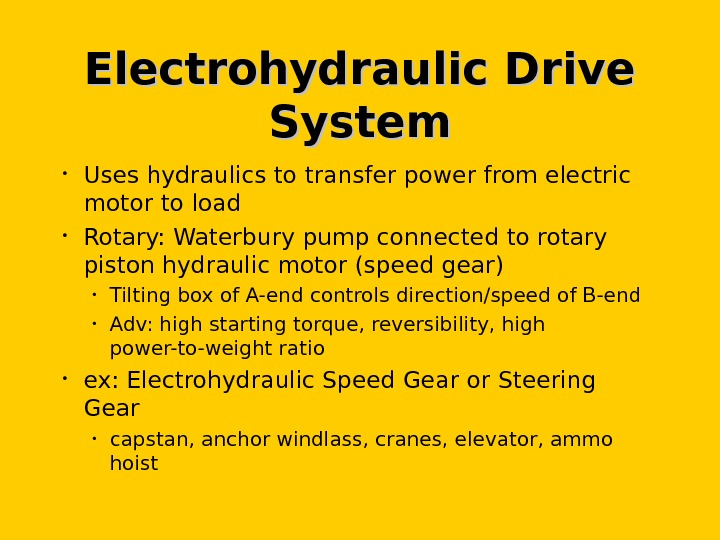
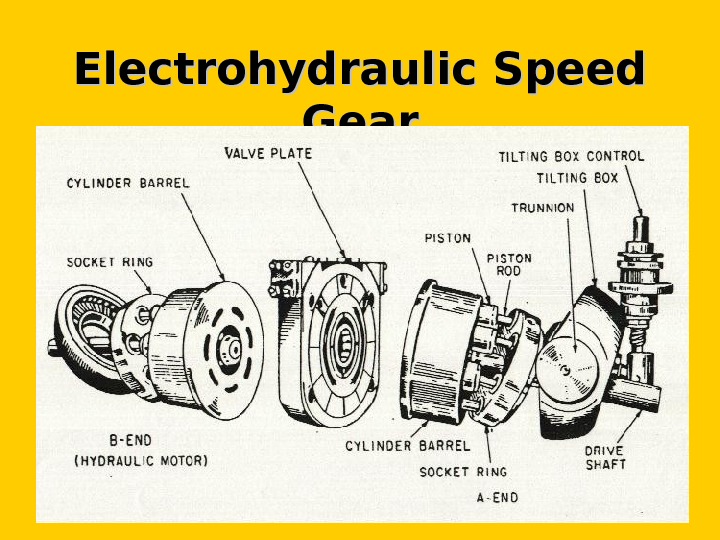
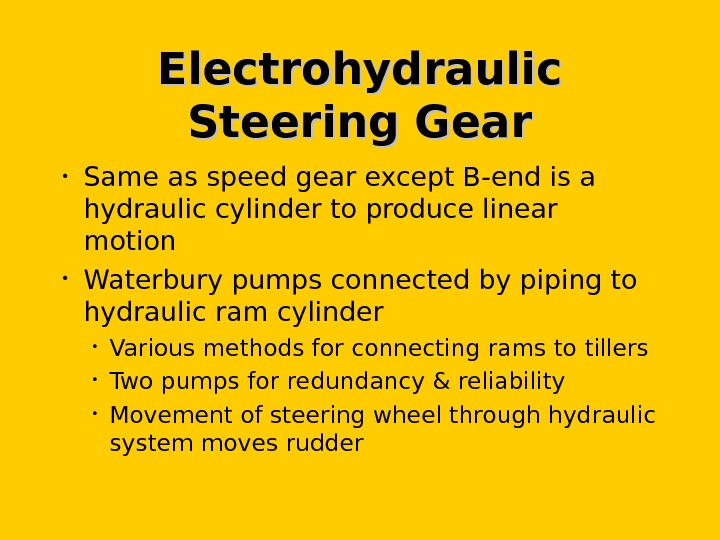
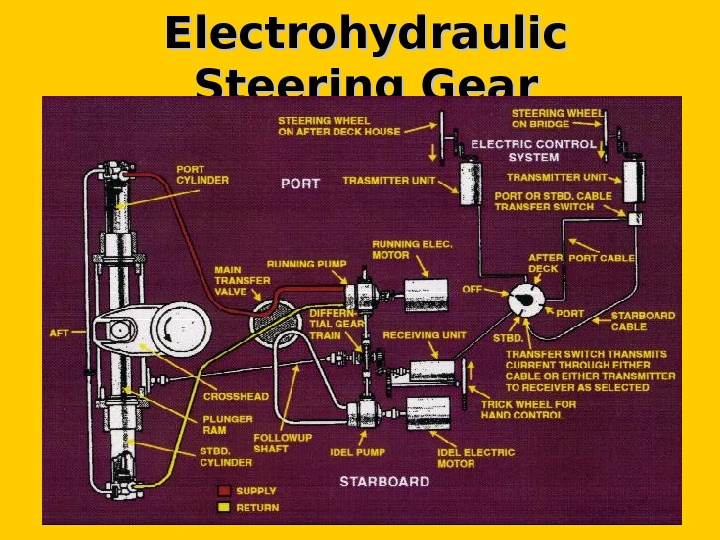
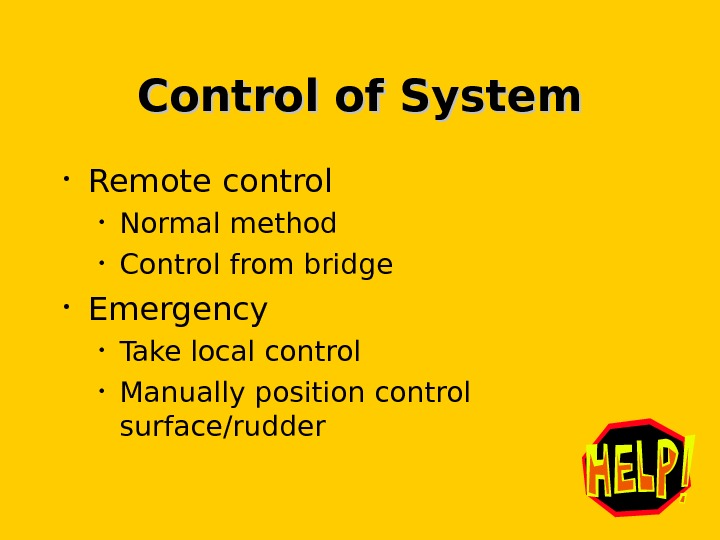
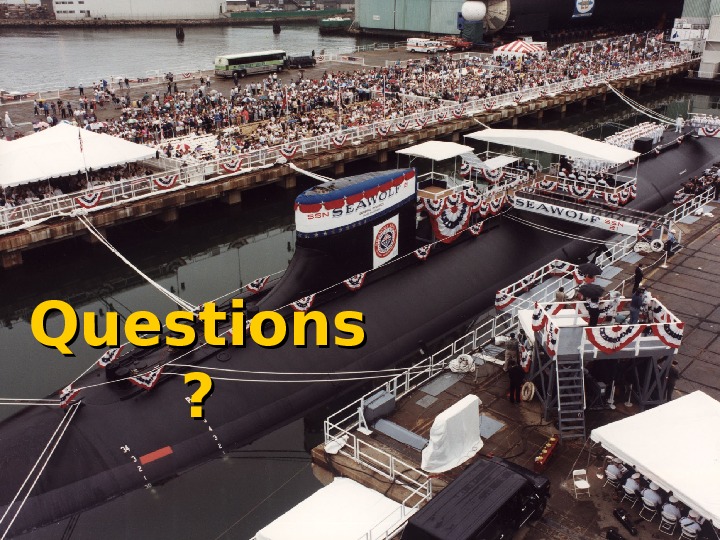
- Размер: 1 Mегабайта
- Количество слайдов: 22
Описание презентации Hydraulics hy·drau·lics [ hh drólliks ] по слайдам
![Hydraulics hy·drau·lics [ hh drólliks ] ] noun study of fluids: the study of Hydraulics hy·drau·lics [ hh drólliks ] ] noun study of fluids: the study of](/docs//lesson_14_-_hydraulics_images/lesson_14_-_hydraulics_0.jpg) Hydraulics hy·drau·lics [ hh drólliks ] ] noun study of fluids: the study of water or other fluids at rest or in motion, especially with respect to engineering applications
Hydraulics hy·drau·lics [ hh drólliks ] ] noun study of fluids: the study of water or other fluids at rest or in motion, especially with respect to engineering applications
 Objectives • Behavior of liquids & theory of operation • Basic hydraulic system components • Advantages & disadvantages of hydraulics • Electrohydraulic systems including speed gears & steering gears
Objectives • Behavior of liquids & theory of operation • Basic hydraulic system components • Advantages & disadvantages of hydraulics • Electrohydraulic systems including speed gears & steering gears
 Introduction/Uses • Hydraulics used in many applications: • Steering/control systems (rudder, planes) • Deck machinery (anchor windlass, capstans, winches) • Masts & antennae on submarines • Weapons systems (loading & launching) • Other: elevators, presses
Introduction/Uses • Hydraulics used in many applications: • Steering/control systems (rudder, planes) • Deck machinery (anchor windlass, capstans, winches) • Masts & antennae on submarines • Weapons systems (loading & launching) • Other: elevators, presses
 Hydraulic Theory • Hydraulics • Covers the physical behavior of liquids in motion • Pressurized oil used to gain mechanical advantage and perform work • Important Properties • Shapelessness • Incompressibility • Transmission of Force
Hydraulic Theory • Hydraulics • Covers the physical behavior of liquids in motion • Pressurized oil used to gain mechanical advantage and perform work • Important Properties • Shapelessness • Incompressibility • Transmission of Force
 Important Properties • ““ Shapelessness” • Liquids have no neutral form • Conform to shape of container • Easily transferred through piping from one location to another • Incompressibility • Liquids are essentially incompressible • Once force is removed, liquid returns to original volume (no permanent distortion) • Transmission of Force • Force is transmitted equally & undiminished in every direction -> vessel filled with pressure
Important Properties • ““ Shapelessness” • Liquids have no neutral form • Conform to shape of container • Easily transferred through piping from one location to another • Incompressibility • Liquids are essentially incompressible • Once force is removed, liquid returns to original volume (no permanent distortion) • Transmission of Force • Force is transmitted equally & undiminished in every direction -> vessel filled with pressure
 Hydraulic Theory • Pascal’s Law • Magnitude of force transferred is in direct proportion to the surface area (F = P*A) • Pressure = Force/Area • Liquid properties enable large objects (rudder, planes, etc) to be moved smoothly
Hydraulic Theory • Pascal’s Law • Magnitude of force transferred is in direct proportion to the surface area (F = P*A) • Pressure = Force/Area • Liquid properties enable large objects (rudder, planes, etc) to be moved smoothly
 Hydraulic Mechanical Advantage. F 2 = F 1 = 20 lbf A 1 = 2 in 2 A 1 = 20 in
Hydraulic Mechanical Advantage. F 2 = F 1 = 20 lbf A 1 = 2 in 2 A 1 = 20 in
 Basic Hydraulic System • Hydraulic Fluid • Usually oil (2190 TEP) • Pressure Source • Hydraulic pump (A-end of system) • Pressure user • Hydraulic motor (B-end of system) • Piping system (w/ valves, tanks, etc) • Get fluid from A-end to B-end
Basic Hydraulic System • Hydraulic Fluid • Usually oil (2190 TEP) • Pressure Source • Hydraulic pump (A-end of system) • Pressure user • Hydraulic motor (B-end of system) • Piping system (w/ valves, tanks, etc) • Get fluid from A-end to B-end
 Hydraulic Pump (A-End) • Pumps can be positive displacement or centrifugal • Waterbury pump • Variable-stroke piston pump • Tilting box can tilt fwd/aft while pump rotates • Angle of tilting box determines capacity and direction of oil flow
Hydraulic Pump (A-End) • Pumps can be positive displacement or centrifugal • Waterbury pump • Variable-stroke piston pump • Tilting box can tilt fwd/aft while pump rotates • Angle of tilting box determines capacity and direction of oil flow
 Hydraulic Pump (A-End) • Variable-stroke piston pump • Tilting box can tilt fwd/aft while pump rotates • Angle of tilting box determines capacity and dir. of flow
Hydraulic Pump (A-End) • Variable-stroke piston pump • Tilting box can tilt fwd/aft while pump rotates • Angle of tilting box determines capacity and dir. of flow
 Cylinder/Motor (B-end) • Piston/cylinder used if desired motion is linear • Hydraulic pressure moves piston & ram • Load is connected to ram (rudder, planes, masts, periscopes) Piston Cylinder RAMRAM Hydraulic Fluid Supply/Return Ports Seal
Cylinder/Motor (B-end) • Piston/cylinder used if desired motion is linear • Hydraulic pressure moves piston & ram • Load is connected to ram (rudder, planes, masts, periscopes) Piston Cylinder RAMRAM Hydraulic Fluid Supply/Return Ports Seal
 Cylinder/Motor (B-end) • Motor used if desired motion is rotary • Essentially a variable-stroke pump in reverse • Used for capstan, anchor windlass, etc
Cylinder/Motor (B-end) • Motor used if desired motion is rotary • Essentially a variable-stroke pump in reverse • Used for capstan, anchor windlass, etc
 Piping System • Has to withstand excessive pressure • Valves, filters, & HX’s all necessary • Accumulators • Holds system under pressure (w/out contin. pump) • Provides hydraulics when pump off/lost • Compensates for leakage/makeup volume • Types: piston, bladder, & direct contact
Piping System • Has to withstand excessive pressure • Valves, filters, & HX’s all necessary • Accumulators • Holds system under pressure (w/out contin. pump) • Provides hydraulics when pump off/lost • Compensates for leakage/makeup volume • Types: piston, bladder, & direct contact
 Accumulator Types • Piston • Most common • Bladder • Gun mounts • Steering systems • Direct contact • Least common
Accumulator Types • Piston • Most common • Bladder • Gun mounts • Steering systems • Direct contact • Least common
 Advantages • Convenient power transfer • Few moving parts • Low losses over long distances • Little wear • Flexibility • Distribute force in multiple directions • Safe and reliable for many uses • Can be stored under pressure for long periods • Variable speed control • Quick response (linear and rotary)
Advantages • Convenient power transfer • Few moving parts • Low losses over long distances • Little wear • Flexibility • Distribute force in multiple directions • Safe and reliable for many uses • Can be stored under pressure for long periods • Variable speed control • Quick response (linear and rotary)
 Disadvantages • Requires positive confinement (to give shape) • Fire/explosive hazard if leaks or ruptures • Filtration critical — must be free of debris • Manpower intensive to clean up
Disadvantages • Requires positive confinement (to give shape) • Fire/explosive hazard if leaks or ruptures • Filtration critical — must be free of debris • Manpower intensive to clean up
 Electrohydraulic Drive System • Uses hydraulics to transfer power from electric motor to load • Rotary: Waterbury pump connected to rotary piston hydraulic motor (speed gear) • Tilting box of A-end controls direction/speed of B-end • Adv: high starting torque, reversibility, high power-to-weight ratio • ex: Electrohydraulic Speed Gear or Steering Gear • capstan, anchor windlass, cranes, elevator, ammo hoist
Electrohydraulic Drive System • Uses hydraulics to transfer power from electric motor to load • Rotary: Waterbury pump connected to rotary piston hydraulic motor (speed gear) • Tilting box of A-end controls direction/speed of B-end • Adv: high starting torque, reversibility, high power-to-weight ratio • ex: Electrohydraulic Speed Gear or Steering Gear • capstan, anchor windlass, cranes, elevator, ammo hoist
 Electrohydraulic Speed Gear
Electrohydraulic Speed Gear
 Electrohydraulic Steering Gear • Same as speed gear except B-end is a hydraulic cylinder to produce linear motion • Waterbury pumps connected by piping to hydraulic ram cylinder • Various methods for connecting rams to tillers • Two pumps for redundancy & reliability • Movement of steering wheel through hydraulic system moves rudder
Electrohydraulic Steering Gear • Same as speed gear except B-end is a hydraulic cylinder to produce linear motion • Waterbury pumps connected by piping to hydraulic ram cylinder • Various methods for connecting rams to tillers • Two pumps for redundancy & reliability • Movement of steering wheel through hydraulic system moves rudder
 Electrohydraulic Steering Gear
Electrohydraulic Steering Gear
 Control of System • Remote control • Normal method • Control from bridge • Emergency • Take local control • Manually position control surface/rudder
Control of System • Remote control • Normal method • Control from bridge • Emergency • Take local control • Manually position control surface/rudder
 Questions ? ?
Questions ? ?
